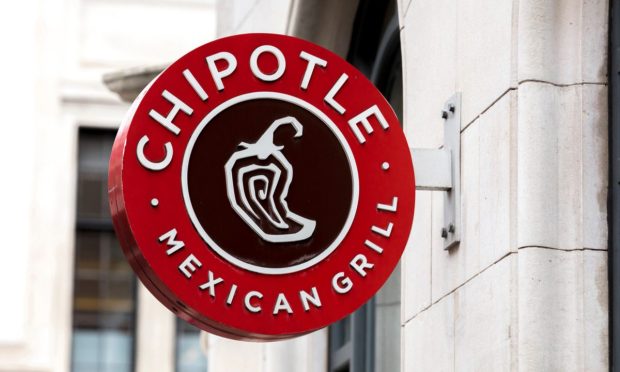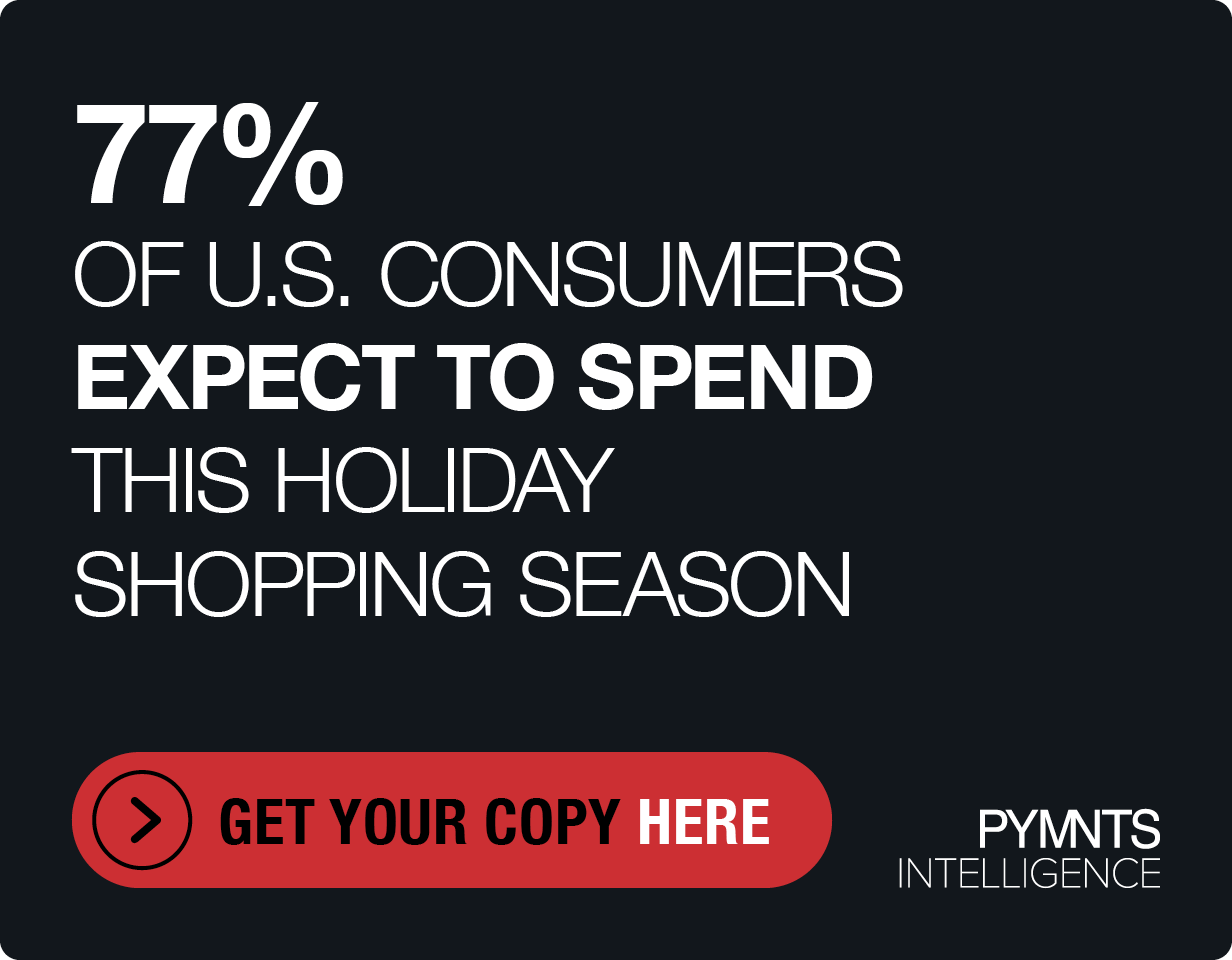Chipotle Leverages Location Tech to Drive Rewards Engagement

With rewards helping to maintain diner loyalty amid inflation, Chipotle is beefing up its program.
On a call with analysts Tuesday (April 25) discussing the brand’s first quarter 2023 financial results, Chipotle Mexican Grill, which has more than 3,200 locations across five countries, shared that its new geolocating technology has helped to drive adoption and frequency for its rewards program.
“During the quarter, we … rolled out our advanced location-based technology for the app, which allows for a more seamless process for scanning rewards, as it prompts reward members to scan while they are waiting in line,” CEO Brian Niccol said. “This has resulted in more rewards member scanning for points in our restaurants, which drives further engagement in our rewards program.”
He noted that, in addition to increasing the frequency of the rewards program usage, the technology also alerts digital customers who are heading to the wrong location of the error, cutting cost for the restaurant by mitigating a common source of refund requests.
Research from PYMNTS’ March study, “Connected Dining: Consumers Like the Taste of Discount Meals,” which is based on a February survey of more than 1,800 U.S. consumers, found that 51% reported using a restaurant loyalty program, with 49% participating in these programs at quick-service restaurants (QSRs) and 34% at full-service restaurants (FSRs).
These programs are especially key now, with consumers’ price anxiety prompting greater demand for rewards. The study found that the share of consumers paying reduced prices for their restaurant meals nearly doubled in the last year — in March 2022, 14% of those surveyed had applied a discount to their last order, and by this past February, that share had skyrocketed to 26%. Moreover, 39% of those who applied discounts stated that the availability of loyalty programs influenced their decision of where to make their most recent restaurant purchase.
Chipotle, for its part, saw its rewards member base grow to 33 million, an increase of about 5 million people year over year.
“We want to continue to have acquisition, and then we want to dial up the personalization and make it super easy to stay active and engaged, because we know the more engaged you are, it plays out in more purchase frequency and higher tickets,” Niccol said on the call. “So, we’d love to get 33 million to 40 million. I don’t know where the ceiling is on this thing, but we’re going to continue to push towards getting as many people involved.”
Loyalty apps are additionally useful for these personalization efforts because they encourage digital consumers to order via restaurants’ direct channels rather than from third-party aggregators. Research from the October edition of PYMNTS’ Restaurant Digital Divide report, “The 2022 Restaurant Digital Divide: Restaurant Apps And Websites In The Spotlight,” which draws from a census-balanced survey of nearly 2,000 U.S. consumers, finds that nearly three-quarters of those who prefer to use eateries’ direct ordering channels had used loyalty programs in the prior 30 days. In contrast, only about two-thirds of aggregator users had done so.
In an effort to further drive direct engagement, the brand aims to continue to prioritize personalization, such that the more direct sales the chain drives, the better the brand will be able to increase adoption and frequency going forward.
“We’re just starting to tip our toe into a personalization opportunity,” Niccol said. “And I think you’re going to see our CRM [customer relationship management] evolve into personalization at meaningful scale.”

